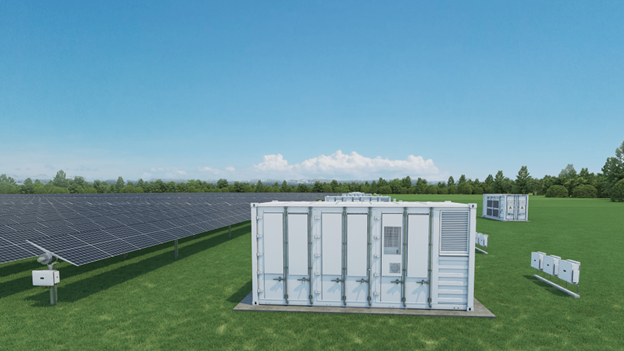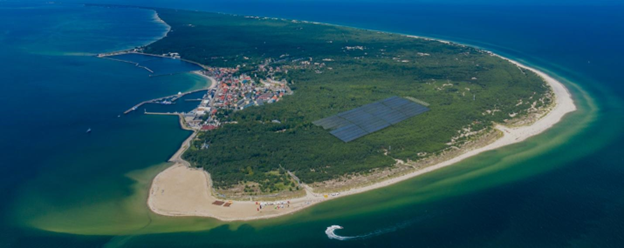In the contemporary landscape of power grid management, grid energy storage systems have become indispensable. These systems, evolving beyond mere energy storage, play a critical role in stabilizing grids, integrating renewable resources, and improving overall grid efficiency. This article delves into the operational intricacies of grid energy storage systems, focusing on their grid-tied and island modes of operation, and their adeptness in executing medium-voltage online transitions.
Understanding Grid Energy Storage Systems
Central to the modern electricity supply chain, grid energy storage systems are designed to store electrical power for later use. Their significance is amplified in the era of renewable energy integration, where they mitigate the intermittent nature of sources like wind and solar. These systems include various technologies, from advanced lithium-ion and flow batteries to mechanical systems such as pumped hydro storage and flywheels. Their ability to rapidly respond to grid demands is vital, ensuring consistent and reliable power supply.

Grid-Tied Operating Mode
The grid-tied mode signifies a synergistic relationship between the storage systems and the main power grid. It is essential for effective load management, enabling strategies like peak shaving, which reduces the load during peak demand, and load shifting, which moves energy consumption from peak to off-peak periods. Grid-tied systems are crucial for harnessing renewable energy, storing excess during high production, and releasing it during demand peaks. However, integrating these systems into the grid poses challenges, including ensuring compatibility with existing infrastructure and meeting regulatory standards.
Island Operating Mode
In contrast, the island mode enables energy storage systems to operate independently from the main grid. This mode is pivotal during grid outages or in remote areas lacking stable grid connectivity. It provides a localized and autonomous power supply, enhancing the resilience of the connected load. Sophisticated control mechanisms ensure the continuity of power supply and protect the system from potential faults or overloads. This mode is particularly beneficial in emergencies, providing critical backup power and maintaining essential services.

Medium-Voltage Online Transition Capabilities
A key feature of advanced grid energy storage systems is their ability to transition between grid-tied and island modes, especially at medium voltage levels. This capability is critical for maintaining grid stability and power quality. Sophisticated control systems detect and respond to grid disturbances, ensuring a smooth transition without disrupting the connected load. This flexibility is increasingly important in today's energy landscape, characterized by variable demand patterns and renewable integration.
Enhancing Grid Resilience and Efficiency
Grid energy storage systems enhance grid resilience by providing a reliable power supply during outages and peak demands. In scenarios where renewable energy sources are abundant, these systems store surplus energy, releasing it when production is low, thus balancing the grid. This balancing act is crucial for preventing power outages and reducing reliance on fossil fuel-based peak power plants.
Economic and Environmental Impacts
Beyond technical benefits, grid energy storage systems offer economic advantages. They reduce the need for investment in new power plants and transmission infrastructure by maximizing the use of existing resources. Environmentally, these systems facilitate a greater integration of renewable energy, contributing to reduced greenhouse gas emissions and a lower carbon footprint for the energy sector.
Outlook and Challenges
As the demand for renewable energy grows, the role of grid energy storage systems will expand. Future developments may include advancements in storage technology, like solid-state batteries, and the integration of artificial intelligence for smarter grid management. However, challenges such as high initial investment costs, technical complexities in integration, and the need for improved regulatory frameworks remain.
Conclusion
The exploration of grid energy storage systems underscores their transformative impact on power grid dynamics. As these systems evolve, they will play an increasingly vital role in the global transition towards sustainable and resilient energy infrastructures. Bridging the gap between energy supply and demand, especially in the context of renewable integration, they emerge as key enablers of the future energy landscape. Ongoing advancements in storage technology, along with regulatory and market developments, will further enhance the capabilities and applications of these systems, making them indispensable components of modern power grids.






